500 years ago there was a painter called Pieter Bruegel who changed the course of art history.
And his paintings are unlike anything you've seen before...

500 years ago there was a painter called Pieter Bruegel who changed the course of art history.
And his paintings are unlike anything you've seen before...

Pieter Bruegel was born in the southern Netherlands in about 1525, possibly in a town called Bruegel (where his name might come from) or in Breda, and soon moved to Antwerp.
We know nothing of his family origins, though some have speculated that he was from a peasant background.
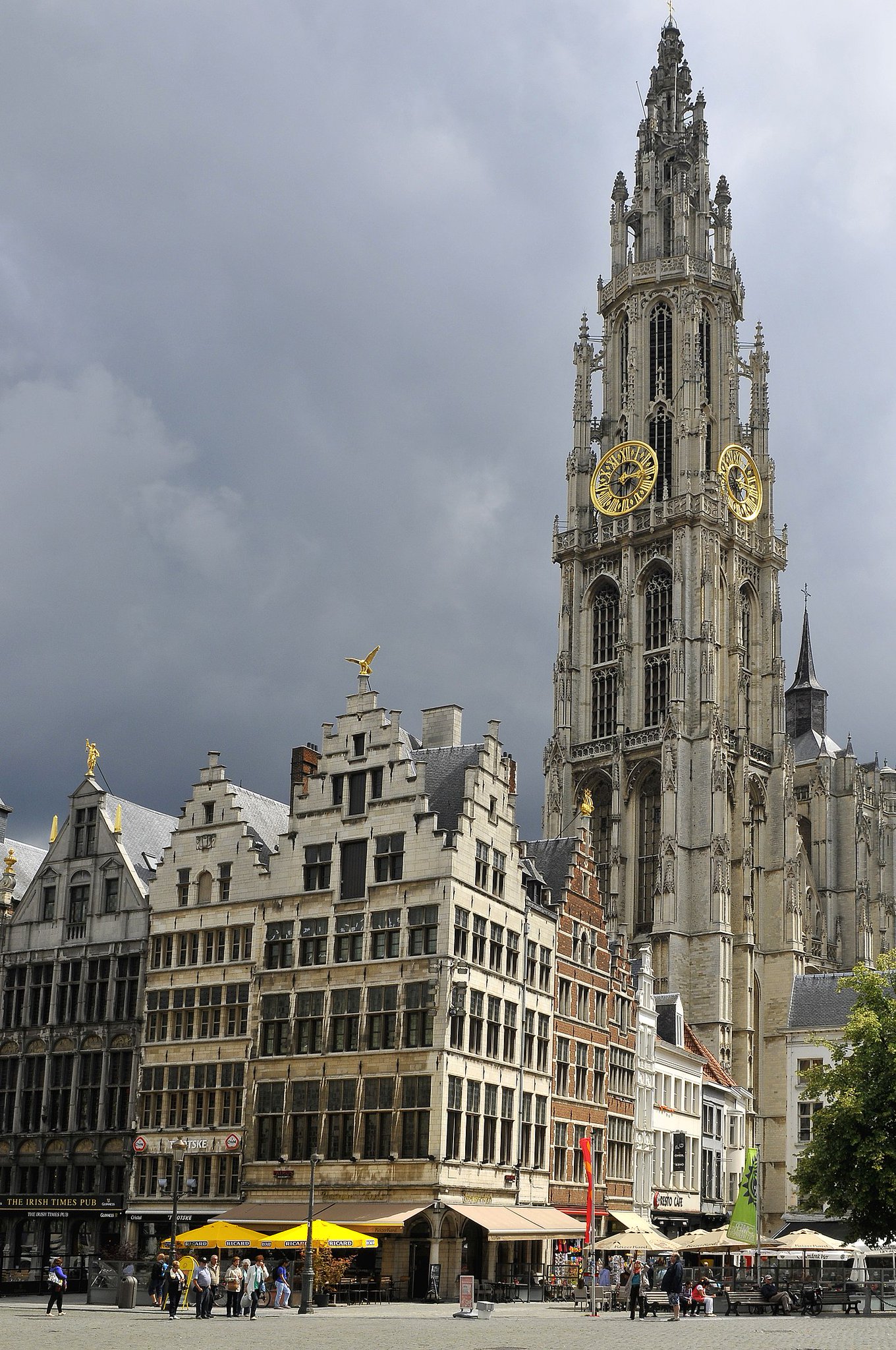
Antwerp was a bustling commercial city and by 1552 Bruegel was a master at the Guild of Painters there, though in his earlier years he focussed mainly on drawings and etchings.
And then he set out on a three year tour of Italy, where he made sketches of his travels.
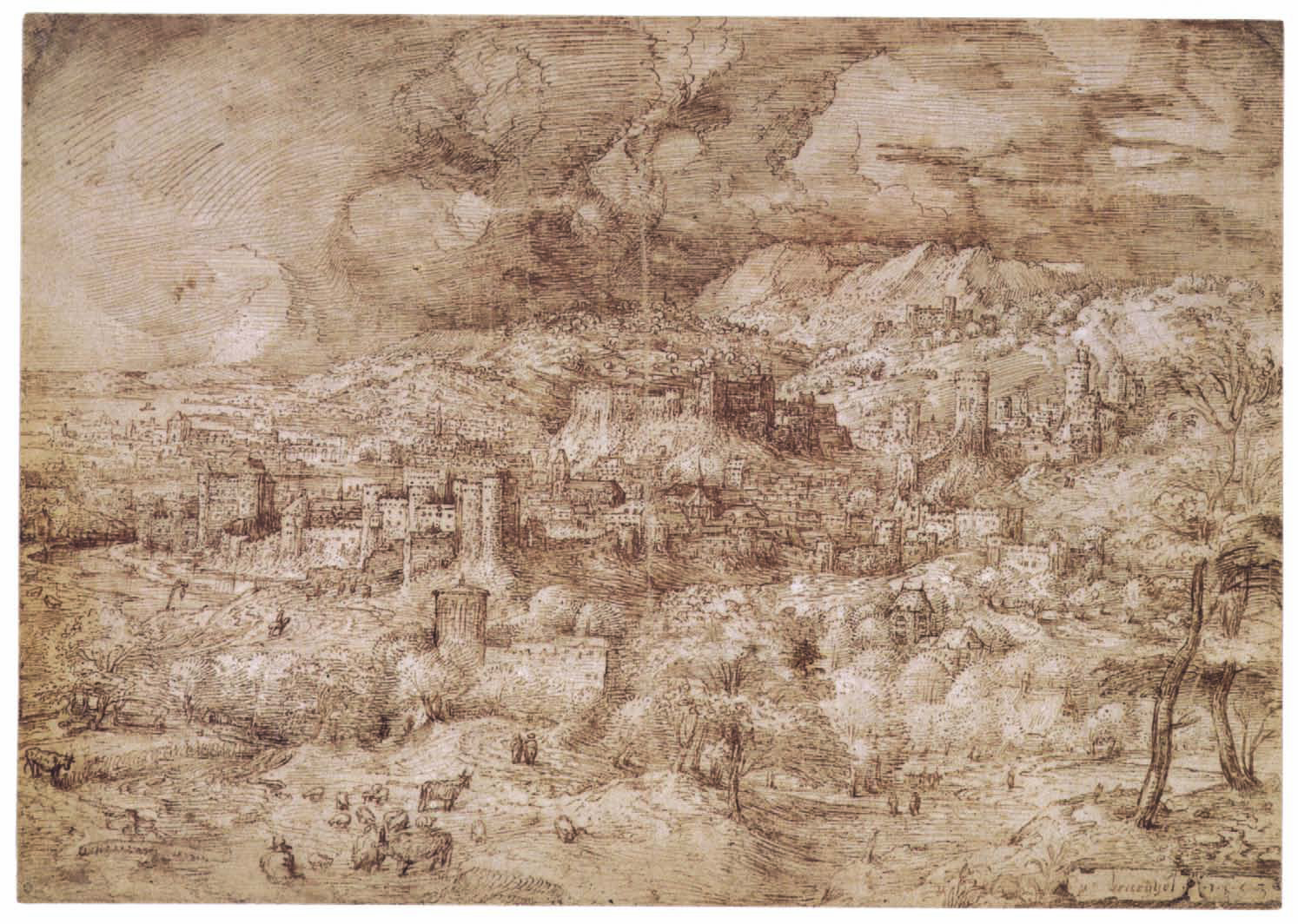

When he returned to Antwerp in 1555 Bruegel worked at a large publishing house run by Hieronymus Cock, which produced art for the city's ever growing middle classes.
This was highly commercial and popular art - dozens of copies would be made of Bruegel's drawings for sale.

But this was Europe during the Reformation, when art came under scrutiny like never before.
In Protestant Northern Europe religious art had been banned in some places and restricted in others. And so Bruegel was an innovator - he started focussing on realistic landscapes.
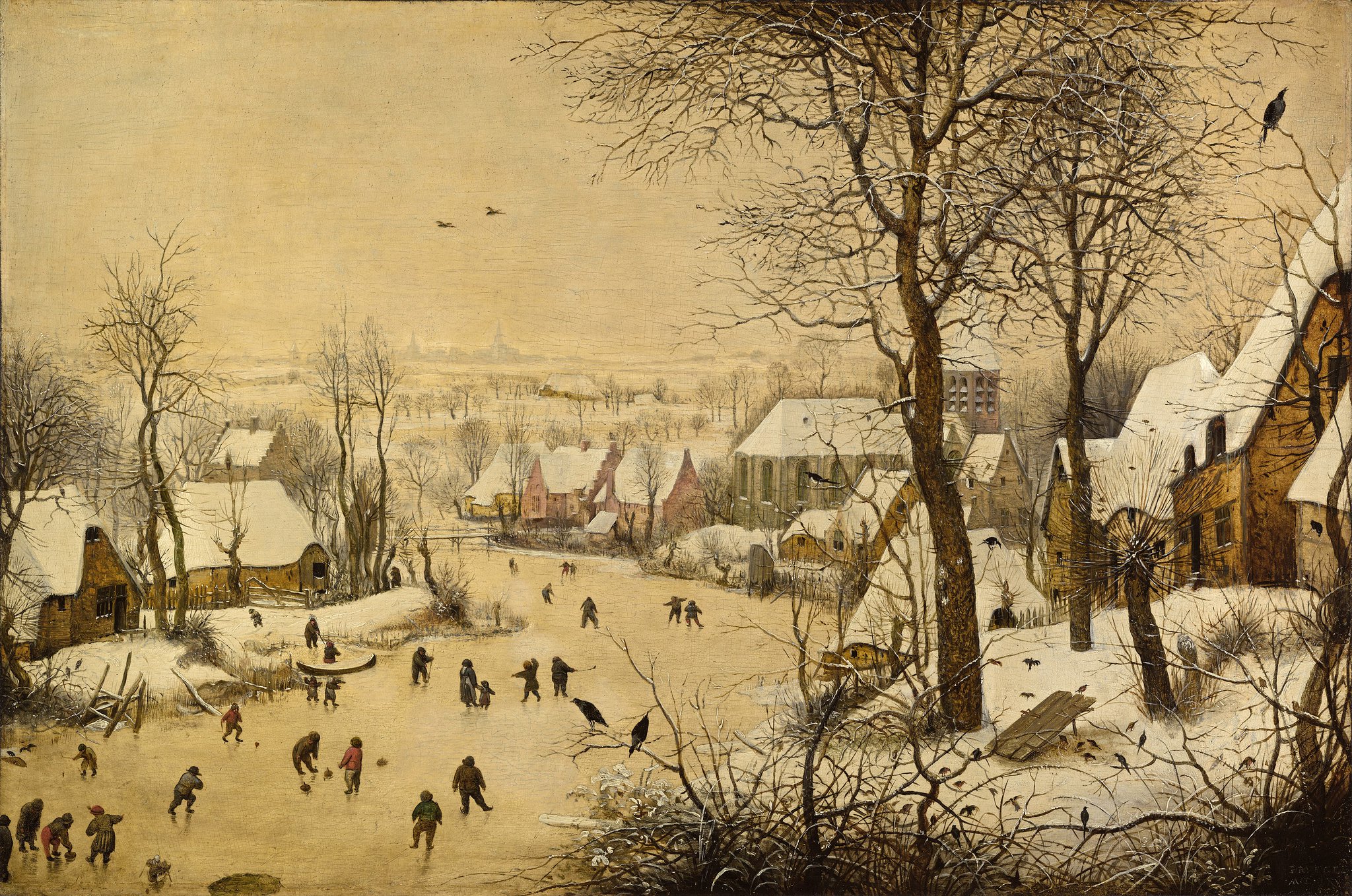
Landscapes had never been a respected genre in European art and it was only just before Bruegel's lifetime that the first real landscapes had appeared.
But they had been largely religious; Bruegel's genius was to paint landscapes as he found them in everyday life.

Portrayals of ordinary people were also very uncommon, and it was Bruegel who made them normal by depicting their weddings, dances, and traditions.
He was fond of them, but not sentimental - Bruegel's peasants can be yokels and buffoons, altogether ridiculous characters.



He also drew on the Medieval tradition of calendar art, where each of the different seasons was portrayed in turn.
But his surviving paintings of the months of the year show an almost unprecedented interest in the lives of ordinary people in their own setting.

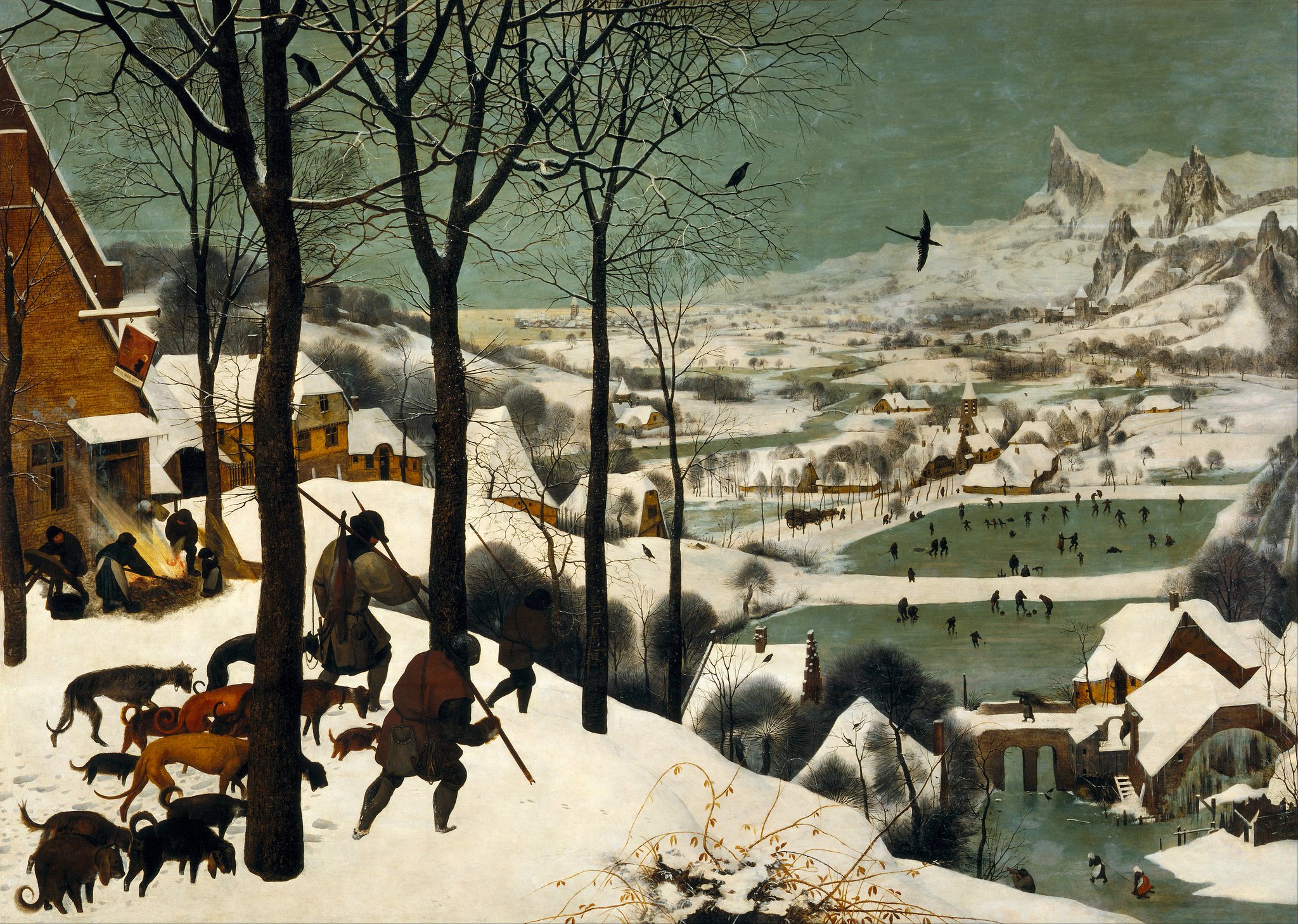
Then there's something like the Netherlandish Proverbs, which visualises at least 120 different sayings from his home country.
Resplendent in detail and storytelling, Bruegel's art is a chronicle of folk culture and an invaluable record of life in the 16th century.

There is probably no other painter who rewards the attentive viewer like Bruegel, whether a fantastical vision or a rambuctious episode from peasant life.
The Fall of the Rebel Angels has so much going on that it's hard to imagine how Bruegel even painted this.
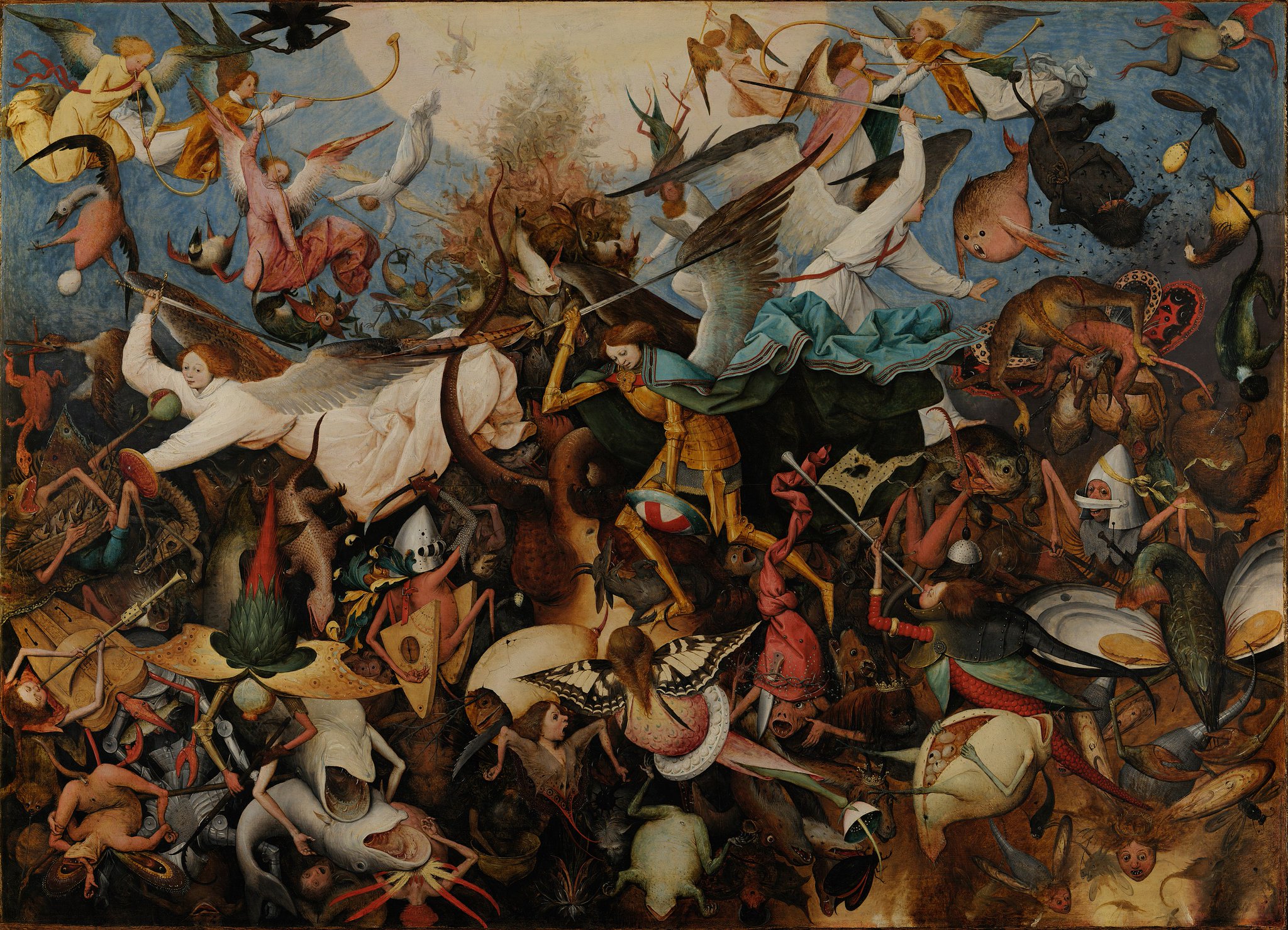
His hellish scenes call on the influence of Hieronymus Bosch, whose paintings were always in demand in Antwerp, but Bruegel was his equal in producing dramas of bizarre and unnerving but totally engrossing madness.
This was an artist with rare imaginative power.

The Renaissance and the Reformation had both ushered in new artistic trends along with their religious and political ideas.
But Bruegel retained the spirit of old Medieval art and its marginalia - those doodles of strange creatures in the margins of manuscripts.

And while his paintings are now more famous, Bruegel's etchings and drawings - produced for a thriving commercial market, we must remember - are equally fascinating, filled with that same abundance of storytelling detail.

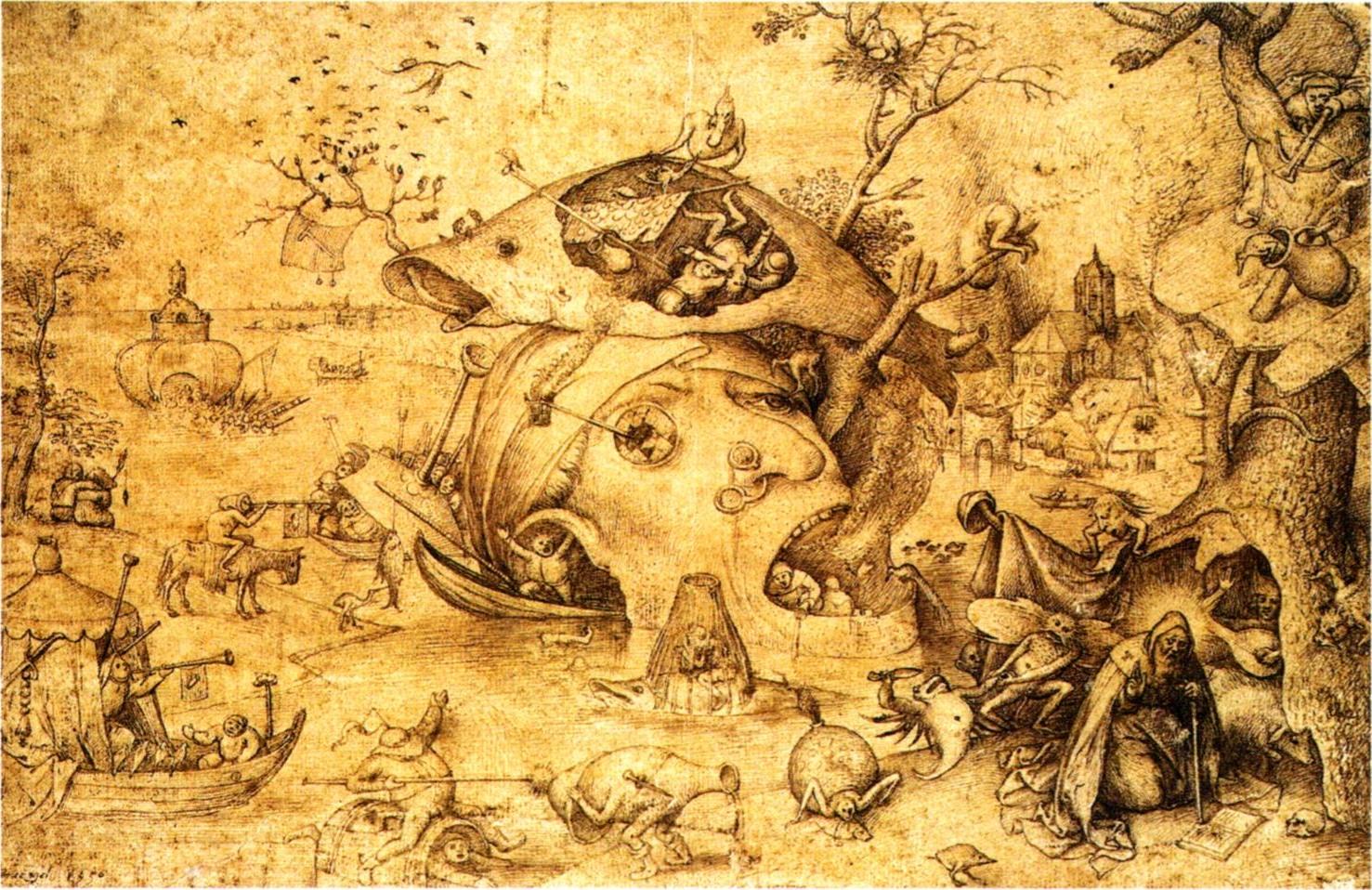
And that's a good way to think about Bruegel.
His large-scale paintings are like films, filled with dozens of different scenes and vignettes and hundreds of characters.
You can study them for hours, always finding new details to delight over and stories to enjoy.

But Bruegel was a versatile artist, and clearly a man who had thought deeply about his religious faith.
He knew how to tone down the wild fantasies or peasant festivities and produce much more sober, solemn, stirring works of art.
Ones which brought the Bible to life.

Bruegel's religious art is very different to what was being produced in Italy at the same time, where classical ideals of beauty and Renaissance ideas about perspective and composition were dominant.
There art was simpler, more graceful and elegant, and thoroughly idealised.


Bruegel's religious scenes are entirely unheroic and without any notion of classical beauty.
He portrays Biblical scenes as if they were taking place in the modern day; Bethlehem is just another snowy Flemish village in winter.

And sometimes it seems that Bruegel was simply curious - or inspired - to see just how far his powerful imagination could go, as in his Tower of Babel.
It's easy to see why Bruegel's art was so popular with the people of Antwerp.
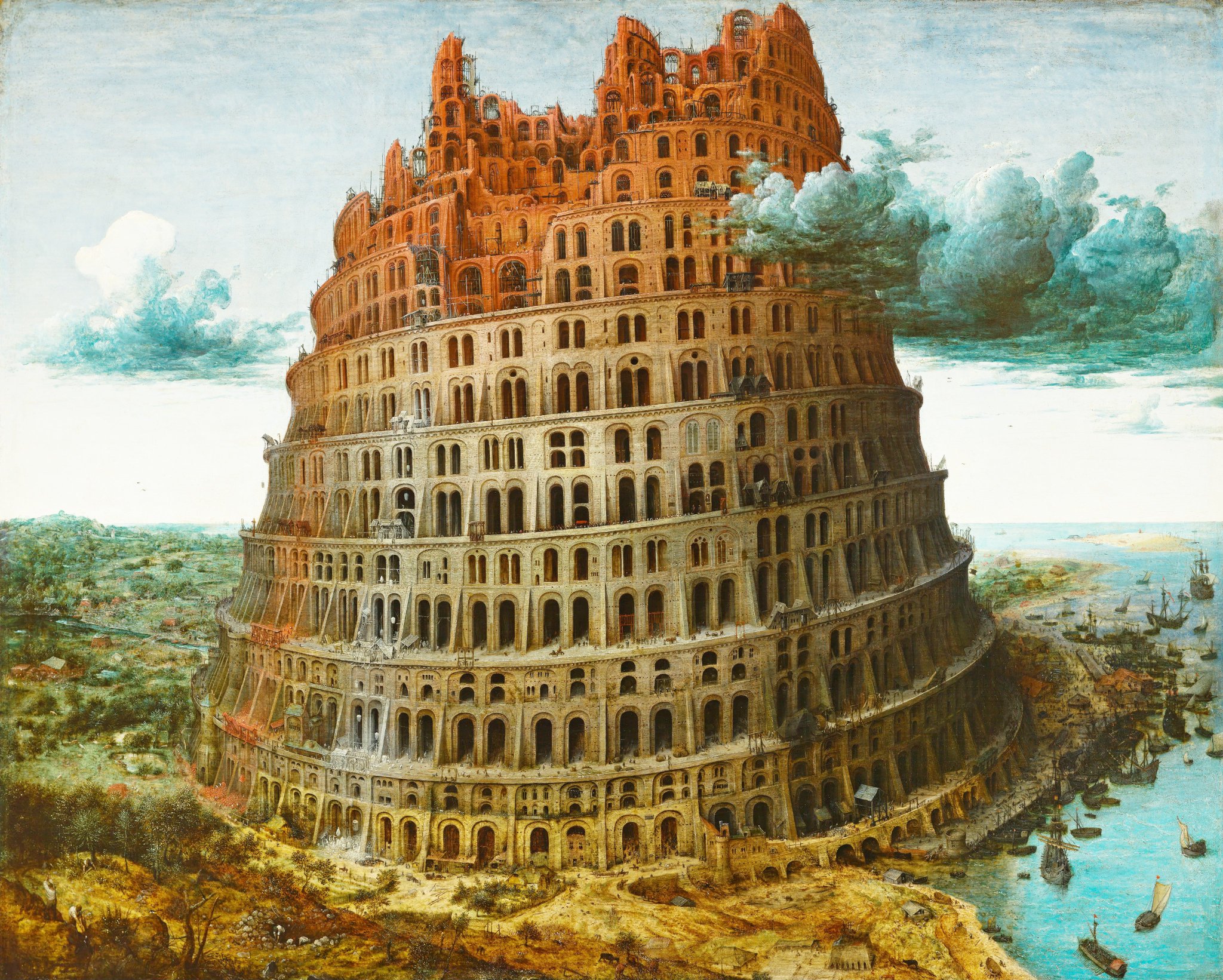
And that's Bruegel - a popular painter, whose works didn't need to be explained or intellectualised. They reward any viewer with amusement, horror, delight, and shock.
And yet, even if he didn't embrace the high ideals of the Renaissance, he was never superficial.

Bruegel's uncompromising interest in real landscapes and the lives of ordinary people was foundational for the Dutch Golden Age.
He was an innovater who paved the way for everyone from Rembrandt to Vermeer, and rightly takes his place as one of history's greatest artists.
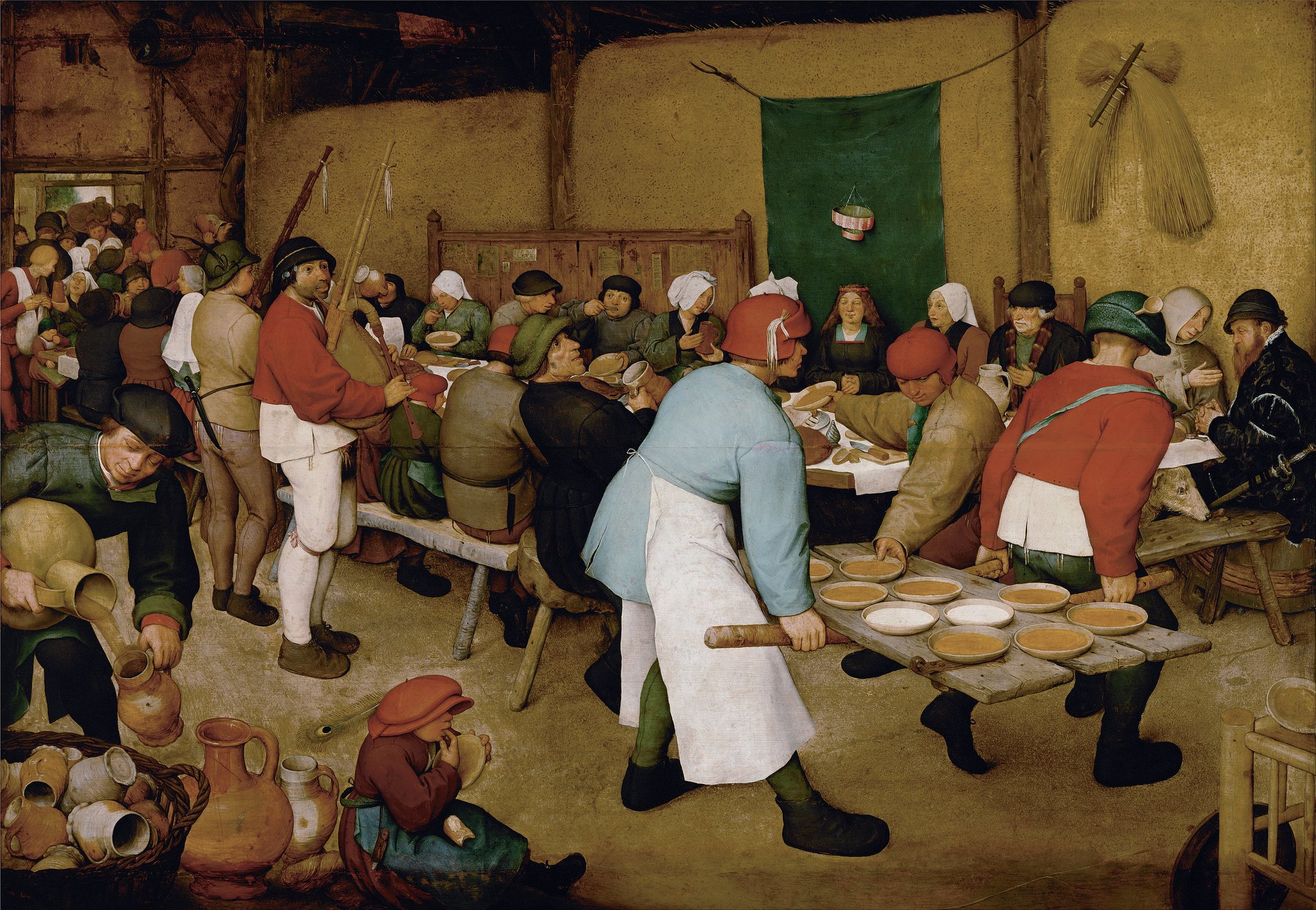
After his death in 1569 his legacy lived on through his sons, who became renowned artists in their own right, hence why he is known as Bruegel the Elder.
Pieter Bruegel the Younger reproduced his father's works, while Jan Bruegel focussed on the natural world in his art.
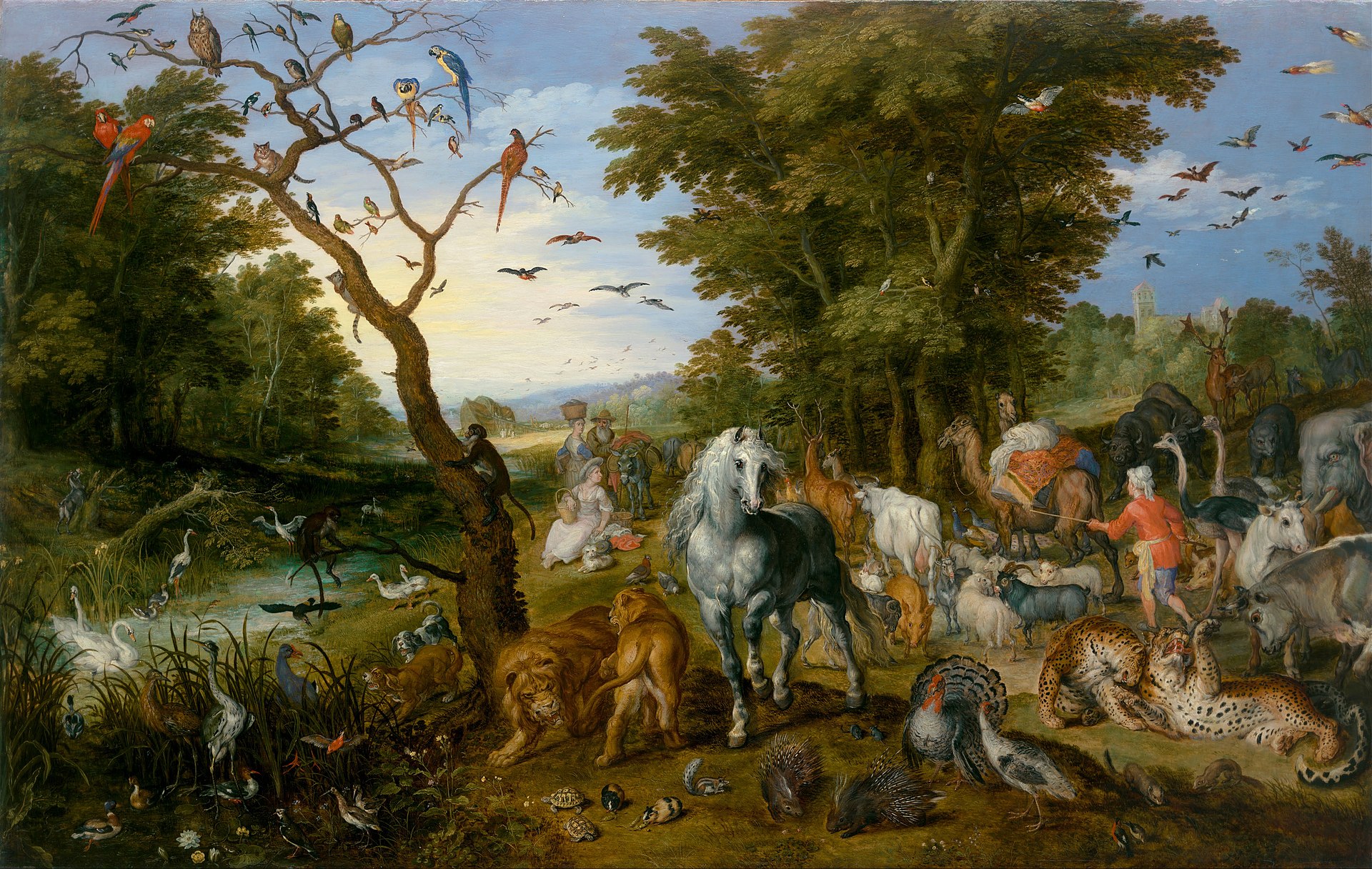
This self-portrait by Bruegel is nothing less than we would expect - unsentimental and unidealised, but vivid and full of life.
His uniquely inspired art was entertaining for the citizens of 16th century Antwerp, and now Bruegel's brilliant visions are beloved around the world.
